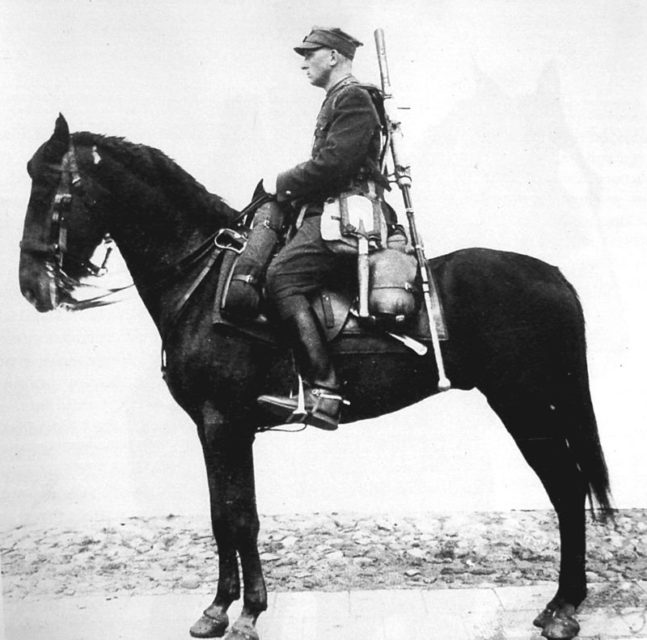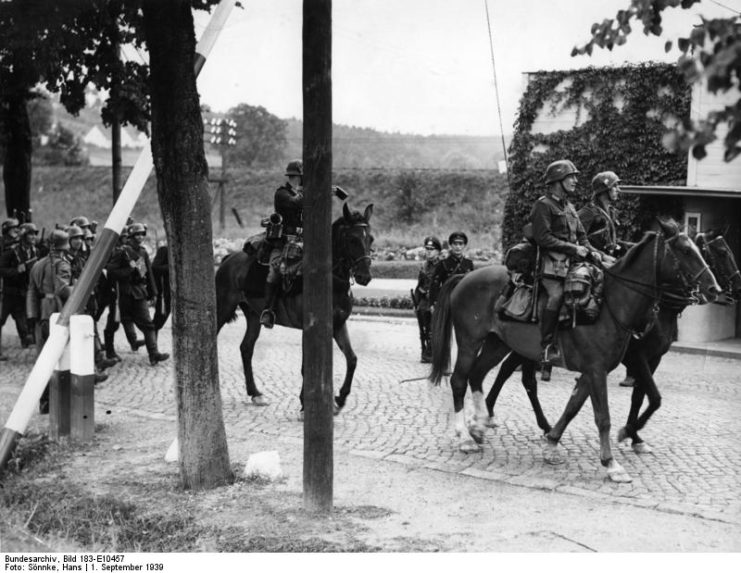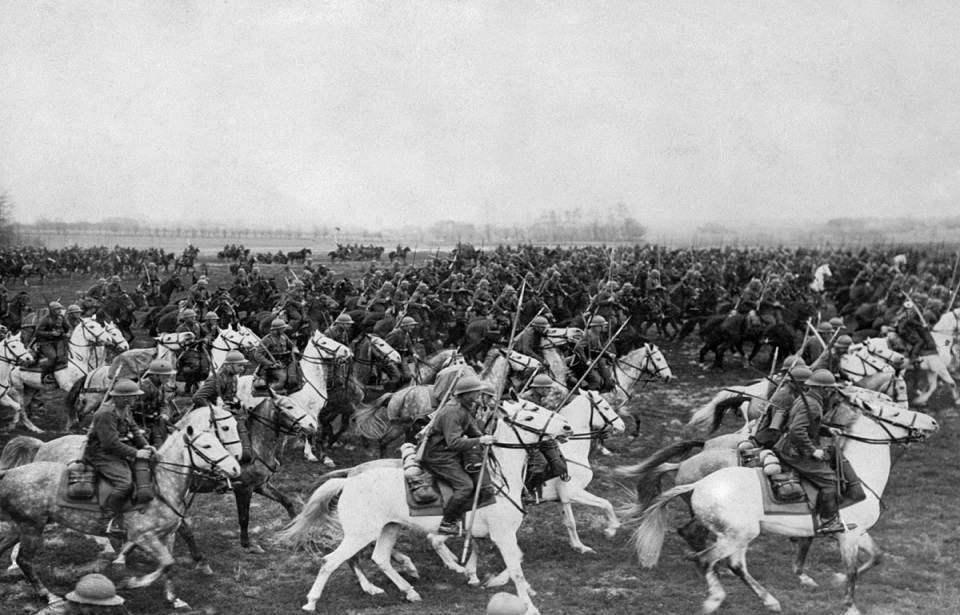Despite the lessons learned in WWI and the decades of military modernization since then, sword-wielding Polish and German cavalrymen clashed on horseback in a fierce battle during the Invasion of Poland in 1939. It is one of the last cavalry-on-cavalry engagements in history.
Poland’s cavalry charges during the German invasion are often misunderstood today, with a popular belief that Poland mounted an unsuccessful cavalry charge against German tanks. This is not exactly true. In reality, German armored vehicles ambushed unprepared Polish cavalrymen and caused a high number of casualties.
After the battle, German officials reported to the press that the Polish charged at their tanks with horses. Propaganda then helped spread the story to bolster the German claim of the Wehrmacht’s superior capabilities.
Poland was certainly not the last to go into battle on horseback, with the US 16th Cavalry Regiment conducting a charge in the Philippines in 1942. Also in 1942, an Italian cavalry regiment on horseback fought in the Soviet Union.
However, Poland and Germany likely engaged in history’s last cavalry-on-cavalry battle during the invasion of the country.
Polish cavalry

At the time of the German invasion, Poland’s cavalry brigades were elite, highly trained troops who were loyal and motivated. During the inevitably doomed campaign, they fought extremely hard when many others couldn’t, forming counterattacks and organizing troops.
Eventually, they were given the job of taking back Krasnobród, a town that had been captured by the Germans. In particular, it was the Nowogródzka Cavalry Brigade led by Władysław Anders who had this task.
The mission was part of a larger Polish military attempt to move towards Hungary and Romania, which were neutral.
Cavalry versus cavalry

On the morning of September 23, 1939 squadrons of the 25th Uhlan Regiment launched a sudden attack on the city, to the surprise of the German occupiers. The attack, led by Tadeusz Gerlecki, pushed the Germans to a monastery west of Krasnobród.
However, as the Polish cavalry pursued them, on the hill ahead near the monastery they came across a row of German horsemen.
These were from the German 17th Cavalry Regiment. They drew their sabers as a bugle called and they thundered down the hill towards the Polish cavalry. Gerlecki’s men prepared for the clash, and the two groups slammed into each other in an exchange of blades, blood, and the cries of horses.
The German commander knocked one of the Polish off their horse and jabbed and swiped, taking his life. The commander was clearly a skilled swordsman and managed to claim three Polish horsemen before he encountered Gerlecki. The Germans battled it out like knights of the past.
In a scene more similar/ to a medieval battlefield, it would have been easy to forget the Spitfire had taken flight years earlier and radar had already been demonstrated.
Gerlecki and his dueling partner continued their dance, but it was cut short by a Polish corporal, who rode over and stabbed his saber through the German commander, killing him.
With their commander slain, the Germans quickly broke their line and made a break for it back to the hill from which they came. The Polish had won the clash.
They pursued the German horsemen, but as they galloped up the hill they were met by a pair of German machine guns that made quick work of them. The Poles were now the ones on retreat, and left a scene of dead horses and men, including Gerlecki, on the hillside.
However combat in the area didn’t stop there, and the Polish continued to kick the Germans out of Krasnobród for the rest of the day. By dark, they were back in control of the town and were in possession of 1oo German prisoners and General Rudolf Koch-Erpach, the first German general to be captured in WWII.
After these events, Anders remained on the mission and led his men toward Hungary, but they were eventually captured by the Soviets on September 29, just 20 kilometers from the border.
